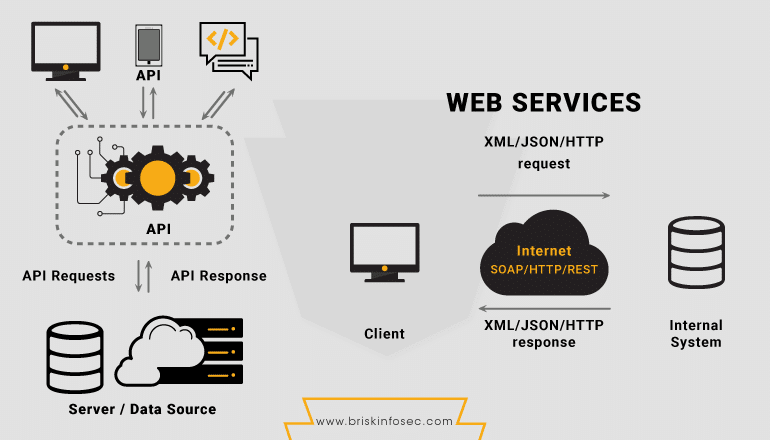Exploring the Role of Templates in Professional Web Design
The subject of whether or not professional web designers make use of templates has prompted numerous disputes in the dynamic field of web design. Some say that using templates is a lazy way to design, but others say that it’s the only way to get a website up and running quickly. To help designers make sense of this shifting landscape, we’ll examine the benefits and drawbacks of using templates in commercial web design.

The Template Dilemma: A Double-Edged Sword
Templates are like pre-made frameworks that help speed up the time it takes to build a website. They give designers a place to begin, helping them save time and energy on the groundwork of a website. Due of time constraints and high client expectations, web design professionals frequently turn to pre-made templates.
However, there is a flip side to using templates, and that is the risk of having a website that looks like every other one out there. Some people think that if everyone uses the same premade templates, innovation would be stunted and the internet will become boring. This begs the question, can a website that is created on a template that hundreds or thousands of others could be utilizing be truly unique?
The Pros of Using Templates in Web Design

The use of templates can greatly reduce the amount of time spent on the design and development stages. When working on a project, designers might save time and energy by starting with a template instead of from scratch.
Templates may save time and money for both designers and their clients. Designers can cut down on the time and money spent on a project by using premade layouts as a starting point.
Consistency: Templates guarantee a uniform design across different sections of a website. This uniformity is vital to the user experience since it facilitates natural site navigation.
The Cons of Template Dependency
The biggest problem with using templates is that your website could end up looking like a million others. This sameness can hurt a company’s identity and make it hard for a website to get noticed in the online world.
Limited personalization: While templates give a strong starting point, they may limit the extent of personalization a designer can achieve. Depending on the complexity of the template, it may be difficult for designers to add their own touches.
Concerns about performance have been raised because some templates may contain too much unused code and slow down a website. The user experience and search engine rankings could take a hit if this occurs.

Navigating the Middle Ground: Customization and Creativity
Web designers who know what they’re doing often compromise by starting with a template and making considerable changes to it. This method combines the time-saving benefits of templates with the leeway for individual expression that is required to create a truly stunning website.
Extensive Personalization: Designers can adjust existing layouts to better fit the client’s brand by swapping out fonts, colors, and images. This level of personalization helps reduce the possibility of making a one-size-fits-all website.
To avoid the restrictions imposed by templates, designers might use one-of-a-kind elements that give the site its own identity. Custom animations, interactive features, and a unique menu structure are just some of the ways that developers may make a website feel more tailored to each individual user.
The Future of Web Design: Balancing Efficiency and Innovation
As technology progresses and design trends shift, the use of templates in professional web design will continue to be a matter of contention. Designers that care about delivering high-quality, original websites must continue to find that sweet spot between speed and creativity.
Designers now have access to a plethora of possibilities because to the proliferation of template libraries and online marketplaces. In turn, this gives them the ability to locate templates that provide a suitable starting point while still allowing for individualization.
The development of design systems has helped to standardize and streamline the process of creating websites. Design systems allow designers to maintain a consistent aesthetic across their work without stifling their unique flair.
Conclusion: A Template for Success
Templates are neither a panacea nor a barrier in the ever-changing field of professional web design. Instead, they are instruments that, in the hands of a skilled user, can greatly improve efficiency without dampening originality. Professional web designers need to be savvy when it comes to selecting and using templates, as they will form the basis on which more unique sites can be built. The trick, in the end, is to strike a balance between making use of tried-and-true methods like templates and giving each project the individual attention it need to succeed.





